Have you ever gazed up at the night sky and wondered about the stories hidden among the stars? In Aboriginal folklore, one captivating tale is the Emu in the Sky. This ancient narrative not only explains the presence of the emu constellation but also holds deep cultural significance for Indigenous communities.
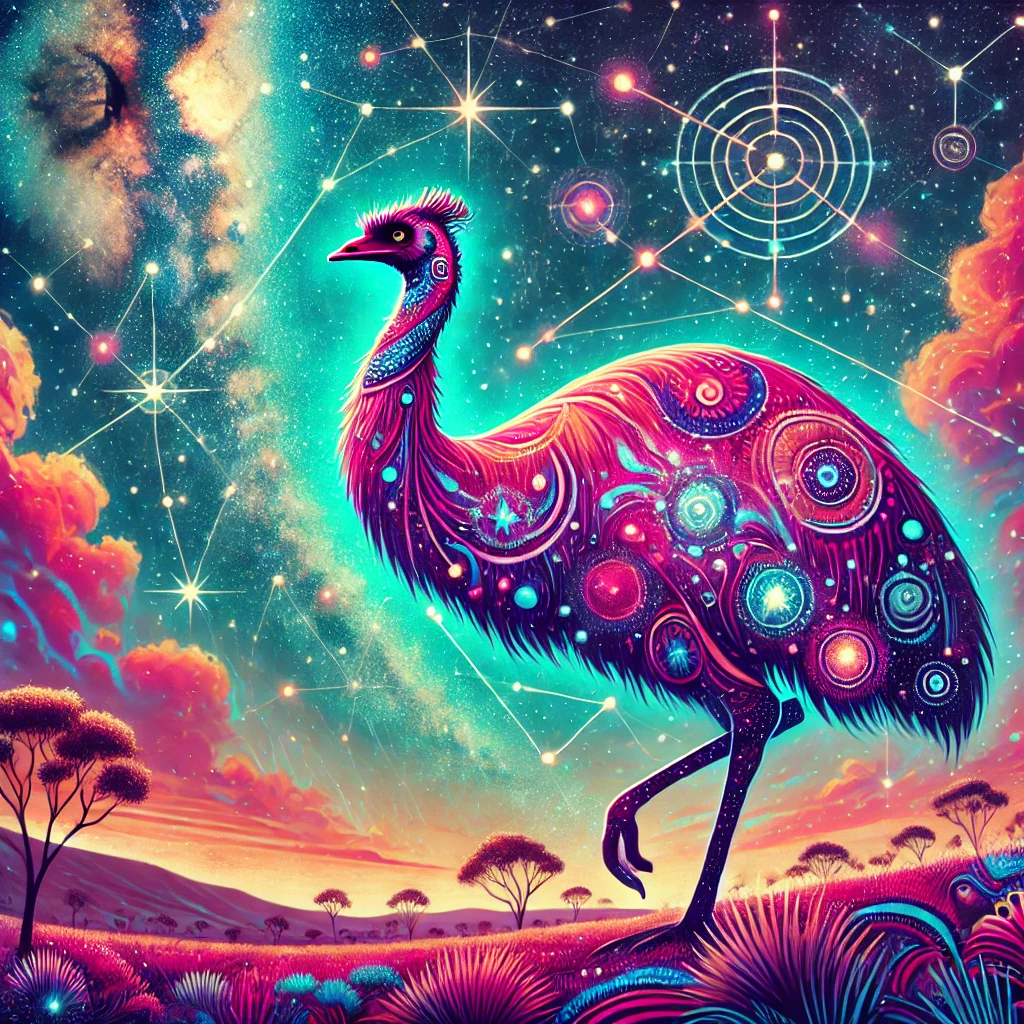
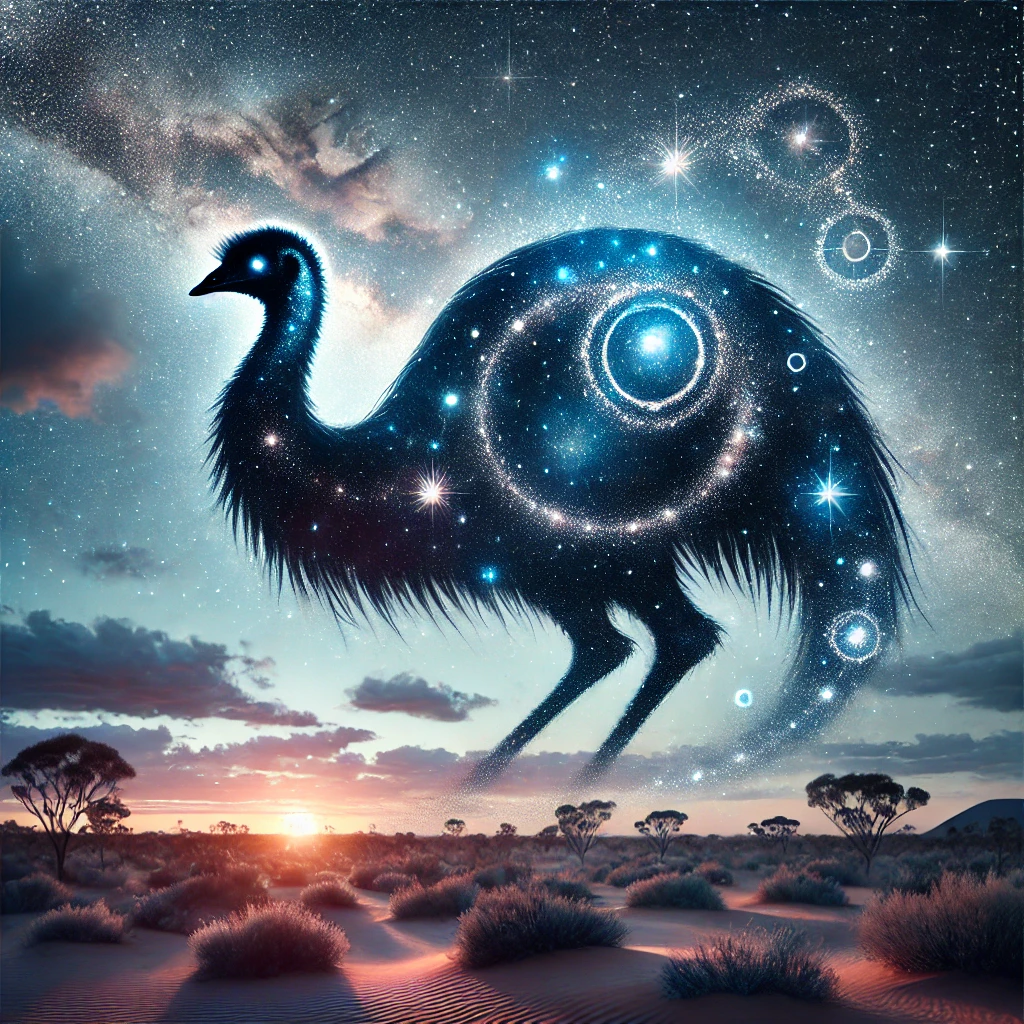
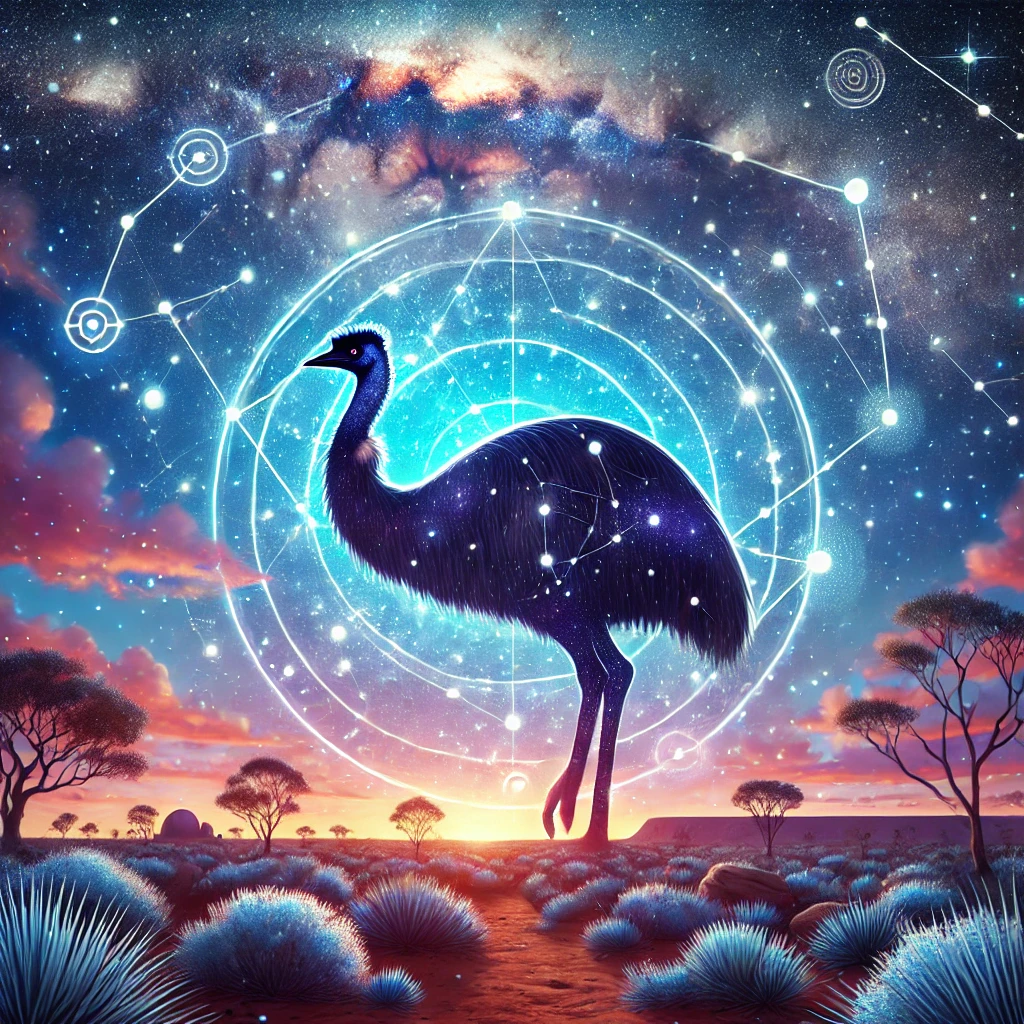

I find it fascinating how these stories intertwine with the natural world, offering lessons and insights passed down through generations. Exploring the Emu in the Sky reveals the rich heritage and profound connection Aboriginal people have with their environment and cosmos.
The Emu in the Sky: An Overview
The Emu in the Sky is a prominent constellation in Aboriginal astronomy, recognised by several Indigenous groups across Australia, including the Gomeroi, Kamilaroi, Euahlayi, Ngemba, and Murrawarri peoples. Unlike traditional constellations formed by stars, this constellation comprises dark nebulae against the luminous Milky Way. The Coalsack Nebula serves as the emu’s head, positioned near the Southern Cross constellation. The emu’s body and legs extend along the Great Rift, trailing towards the Scorpius constellation.
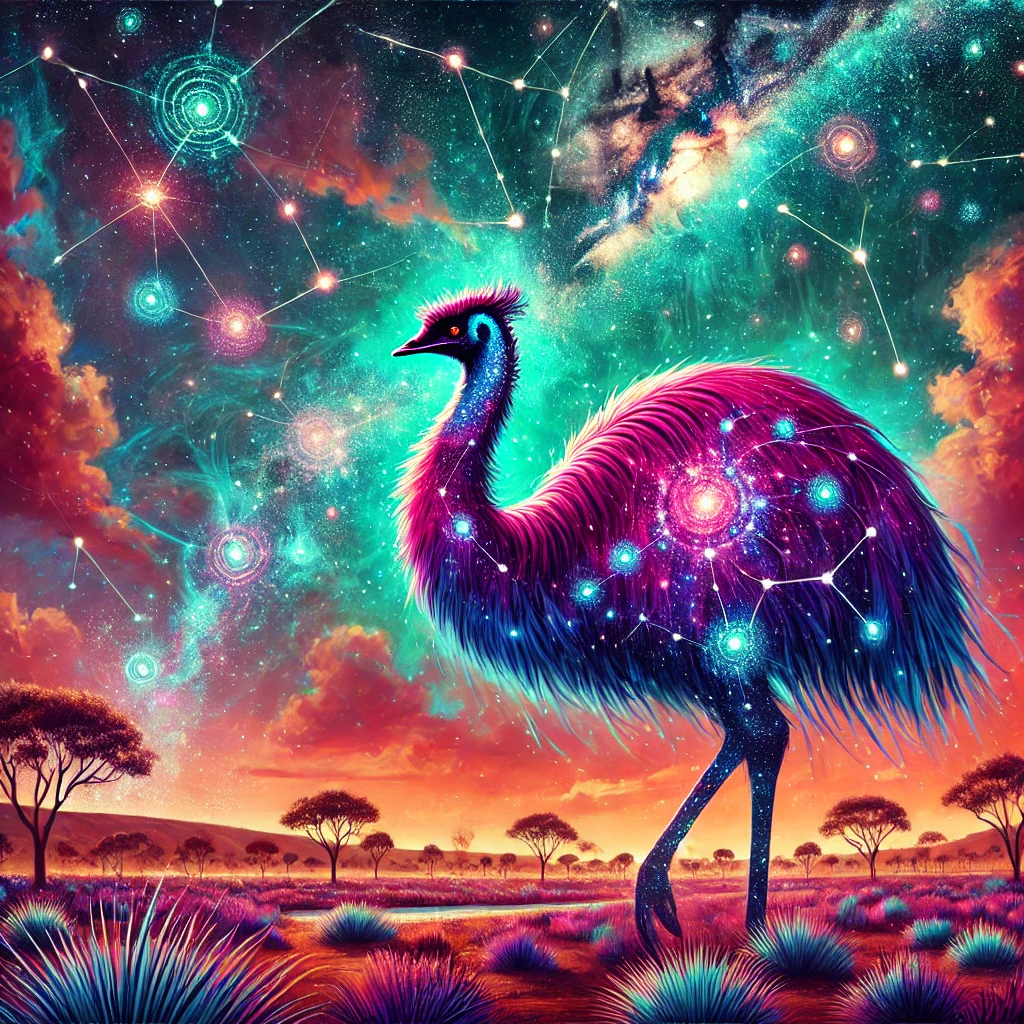
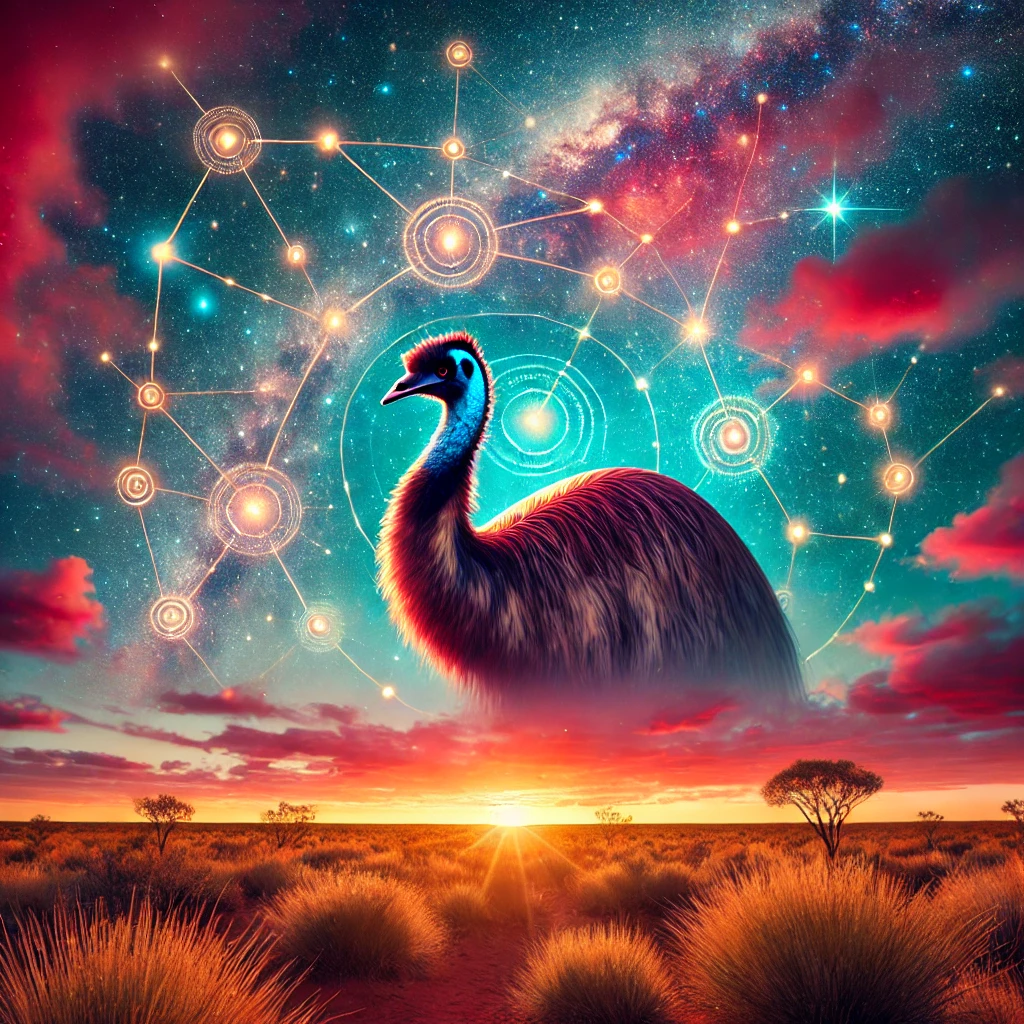
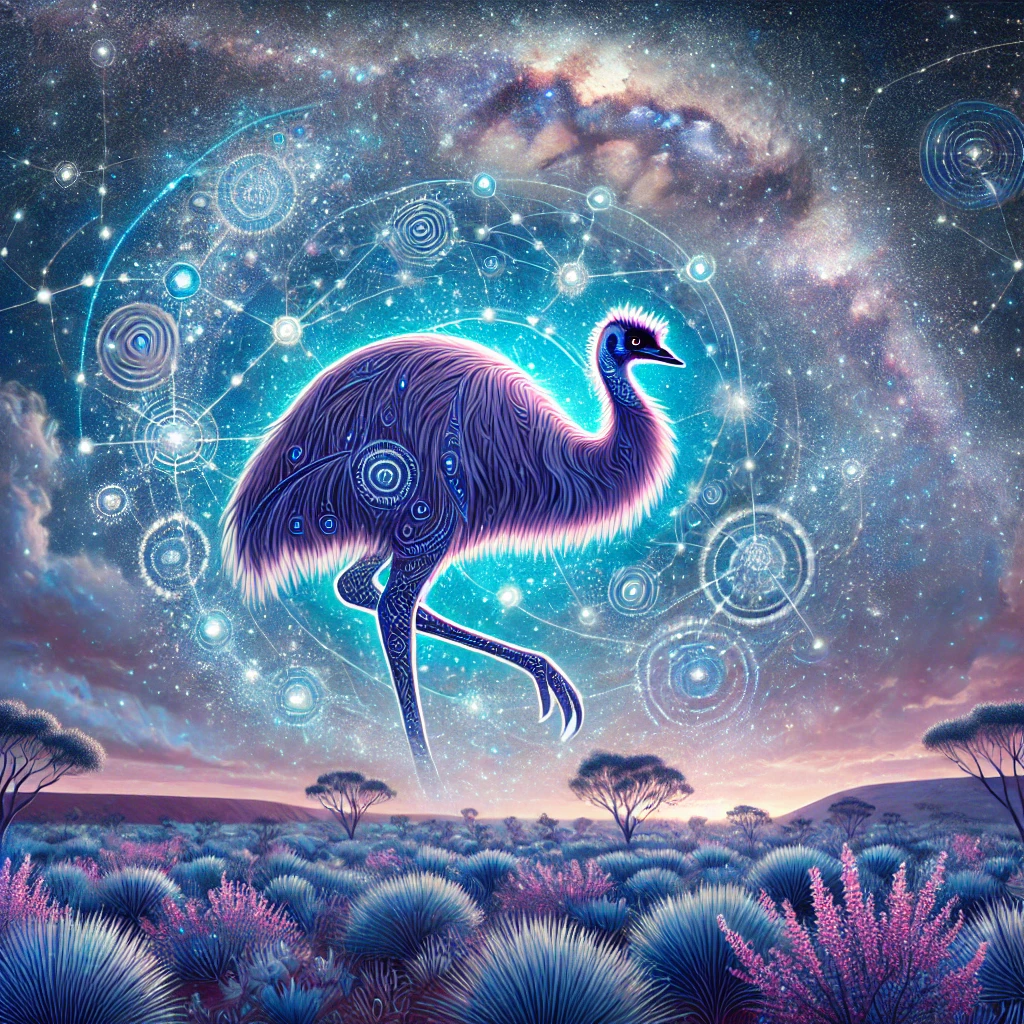
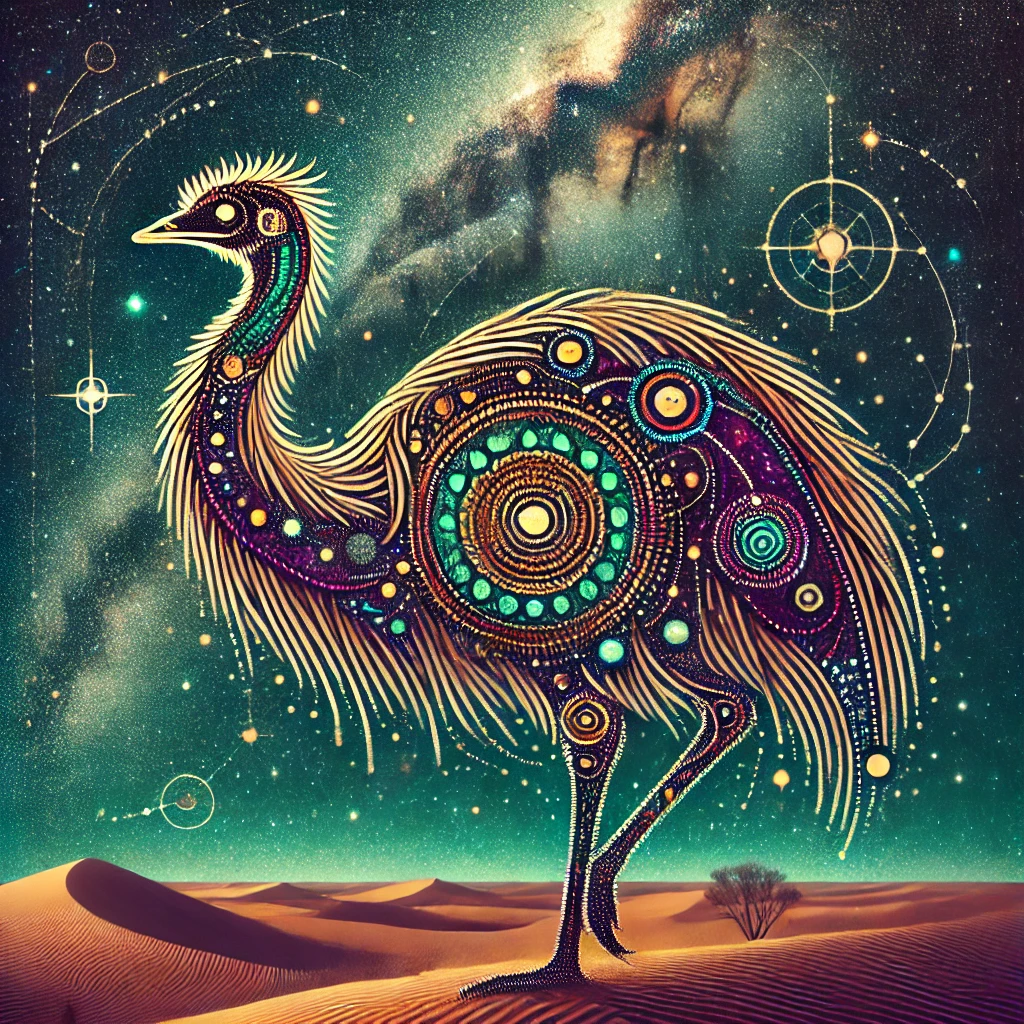
The Emu in the Sky plays a crucial role in Indigenous navigation and seasonal calendars. By observing the emu’s position, communities determine the timing for hunting, harvesting, and ceremonial practices. The narrative of the emu, particularly the story of Wej and Jooteetch, embodies moral lessons and cultural values passed down through generations. This celestial representation underscores the deep connection Aboriginal peoples maintain with the cosmos and the natural environment.
Origin and Cultural Context

The Emu in the Sky holds significant cultural importance in Aboriginal traditions. It connects their spiritual beliefs with the natural world.
Aboriginal Cosmology
Aboriginal cosmology incorporates the Emu in the Sky, reflecting the unity of spiritual, cultural, and physical realms. This constellation predicts seasonal shifts and directs tribal activities, ensuring practices align with environmental changes.
Traditional Storytelling
Aboriginal storytelling preserves the Emu in the Sky’s narrative, conveying myths and moral lessons across generations. For example, the Noongar people name it “weitj,” depicting the emu as a guardian of its eggs, highlighting its role as a creator spirit.
Symbolism and Significance
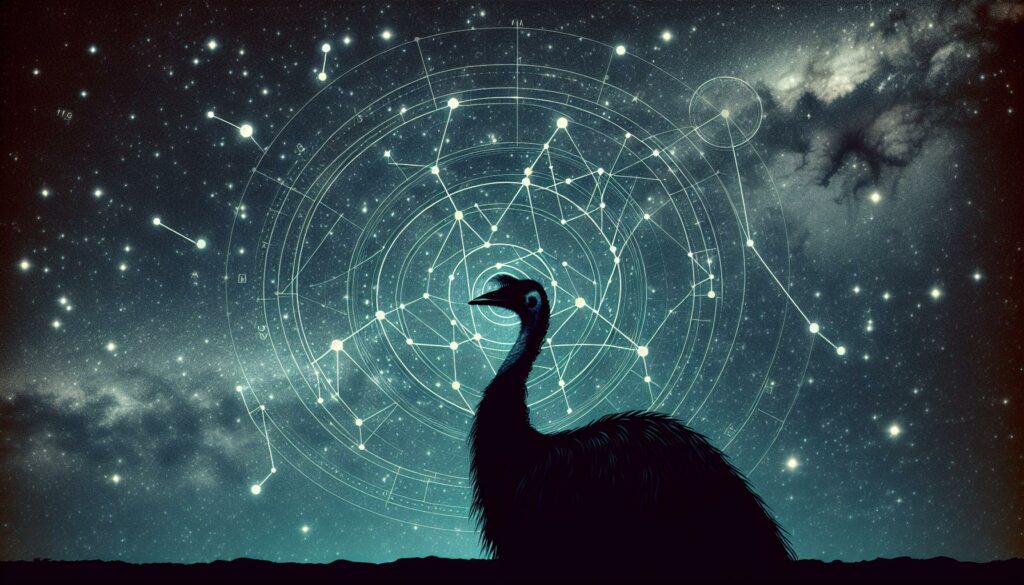
The Emu in the Sky embodies profound cultural symbolism for Aboriginal communities. It represents the harmony between the natural world and the cosmos, reflecting the intricate knowledge Indigenous peoples possess about their environment. The emu constellation serves as a celestial guide, marking crucial seasonal changes that influence hunting and harvesting cycles. For instance, the appearance of the emu signals the onset of specific seasons, enabling communities to prepare for resource availability.
Spiritually, the Emu in the Sky signifies creation and guardianship. The narrative of Wej and Jooteetch conveys lessons about jealousy, transformation, and resilience. Wej’s ascent to the sky illustrates themes of sacrifice and immortality, reinforcing the importance of maintaining balance within the community and nature. Additionally, the emu’s depiction as a guardian of eggs among the Noongar people highlights its role in safeguarding life and ensuring the continuity of traditions.
The constellation also plays a vital role in navigation, guiding travelers and hunters across vast landscapes. By observing the Emu in the Sky, Indigenous peoples navigate the terrain with precision, ensuring successful journeys and the sustainability of their communities. This celestial marker intertwines practical knowledge with spiritual beliefs, showcasing the unity of cultural, environmental, and cosmic understanding.
Moreover, the Emu in the Sky serves as a repository of cultural identity and heritage. Through generations, storytelling preserves the emu’s significance, fostering a sense of belonging and continuity. These stories impart moral values, strengthen communal bonds, and maintain the transmission of ancestral wisdom. Thus, the Emu in the Sky is not merely a celestial formation but a cornerstone of Aboriginal cultural and spiritual life.
Contemporary Representations
Today, “The Emu in the Sky” features prominently in various cultural and educational platforms. Indigenous artists frequently depict the constellation in artworks, blending traditional motifs with modern techniques. Exhibitions in Australian museums showcase these representations, highlighting their significance in Aboriginal heritage.
Educational programs incorporate the story into curricula, teaching students about Aboriginal astronomy and cultural narratives. Universities collaborate with Indigenous communities to preserve and disseminate these traditions, ensuring their continuity.
Digital media also plays a role in contemporary representations. Interactive apps and websites present the Emu constellation through virtual star maps, making the folklore accessible to a global audience. Documentaries and films explore the story’s cultural impact, offering visual and narrative depth.
Festivals and cultural events celebrate “The Emu in the Sky,” featuring storytelling sessions, performances, and celestial observations. These gatherings reinforce community bonds and promote cultural awareness among diverse audiences.
Literature and publications continue to feature the Emu narrative, with authors and researchers publishing books and articles that delve into its mythology and relevance. Academic journals include studies on its astronomical and cultural dimensions, contributing to scholarly discourse.
By integrating “The Emu in the Sky” into various contemporary mediums, Aboriginal folklore remains vibrant and influential, preserving its legacy for future generations.
Key Takeaways
- Prominent Aboriginal Constellation: The Emu in the Sky is a significant constellation in Aboriginal astronomy, recognised by multiple Indigenous Australian groups.
- Guides Navigation and Seasons: It plays a crucial role in navigation and determining seasonal changes, aiding in hunting, harvesting, and ceremonial practices.
- Unique Celestial Formation: Unlike traditional constellations, the Emu comprises dark nebulae against the Milky Way, with the Coalsack Nebula representing its head.
- Cultural Storytelling: Narratives like the story of Wej and Jooteetch impart moral lessons and cultural values, emphasizing the emu’s role as a guardian and creator.
- Symbol of Heritage and Spirituality: The Emu in the Sky embodies the deep connection between Aboriginal communities and the cosmos, reflecting their spiritual beliefs and cultural heritage.
- Contemporary Representations: Today, the Emu in the Sky is showcased in art, education, digital media, and cultural events, ensuring its legacy is preserved and celebrated.
Conclusion
Exploring the Emu in the Sky has deepened my appreciation for Aboriginal folklore. This celestial story guides Indigenous communities through the seasons and preserves cultural wisdom and spiritual beliefs. Seeing traditional narratives adapt to modern mediums reassures me that these ancient tales will inspire and educate future generations. Celebrating the Emu in the Sky reminds us of the enduring connection between people and the cosmos and fosters respect and understanding for Aboriginal heritage.
Frequently Asked Questions
What is the Emu in the Sky?
The Emu in the Sky is a significant Aboriginal constellation formed by dark nebulae against the Milky Way. Unlike traditional star constellations, it uses the dark patches of the night sky to outline the shape of an emu. This celestial figure holds deep cultural and spiritual importance for various Indigenous Australian communities.
Which Indigenous groups recognise the Emu in the Sky?
Several Indigenous groups across Australia recognise the Emu in the Sky, including the Gomeroi, Kamilaroi, Euahlayi, Ngemba, and Murrawarri peoples. Each of these communities has its own unique stories and interpretations of the emu constellation, reflecting their distinct cultural traditions and connection to the land.
How does the Emu in the Sky assist Indigenous communities?
The Emu in the Sky plays a crucial role in Indigenous navigation and seasonal calendars. It helps communities determine the best times for hunting, harvesting, and conducting ceremonies. By observing the position and movement of the constellation, Indigenous peoples can align their activities with natural cycles and environmental changes.
What cultural lessons are embodied in the Emu narrative?
The story of the Emu in the Sky, particularly the tale of Wej and Jooteetch, conveys moral lessons and cultural values such as jealousy, transformation, and resilience. These narratives teach important life lessons and reinforce the deep connection Aboriginal communities have with their environment and the cosmos.
How is the Emu in the Sky represented in contemporary media?
Today, the Emu in the Sky is featured in various cultural and educational platforms. Indigenous artists incorporate the constellation into their artwork, museums display its representations, and educational programmes include its story in curricula. Digital media, such as interactive apps and virtual star maps, also make the folklore accessible to a global audience.
What role does the Emu in the Sky play in Aboriginal cosmology?
In Aboriginal cosmology, the Emu in the Sky symbolizes the unity of spiritual, cultural, and physical realms. It serves as a celestial guide that marks seasonal changes, guiding tribal activities like hunting and harvesting. The constellation embodies creation and guardianship, reflecting the harmonious relationship between the natural world and the cosmos.
How do traditional stories preserve the Emu in the Sky narrative?
Traditional storytelling is vital in preserving the Emu in the Sky narrative. Through oral traditions, myths, and moral tales, communities pass down the stories and lessons associated with the constellation. This ensures that the cultural significance and spiritual meanings of the Emu in the Sky are maintained across generations.
How is “The Emu in the Sky” used in education?
“The Emu in the Sky” is integrated into educational programmes to teach students about Aboriginal astronomy and cultural narratives. Universities collaborate with Indigenous communities to preserve these traditions, while schools incorporate the story into their curricula, promoting understanding and appreciation of Aboriginal heritage and knowledge.
Author

Josh Morley holds a Bachelor’s degree in Theology from the Trinity School of Theology and a Diploma in Theology from the Bible College of Wales. His academic journey involved interfaith community projects and supporting international students, experiences that shaped his leadership and reflective skills. Now based in Liverpool, Josh is also the founder of Marketing the Change, a digital agency specializing in web design and marketing.
View all posts





